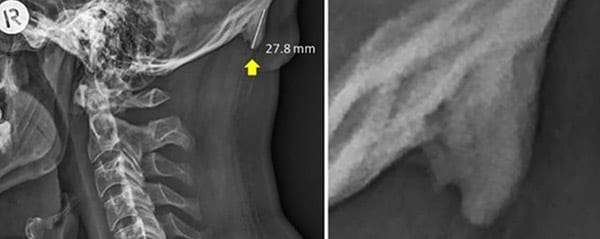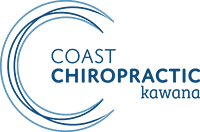
School holidays are upon us. No lunchboxes, hopefully more sleep in’s and less rush. It sounds idyllic doesn’t it? I do love the school holidays for all these reasons. It is also great to spend some more time with my boys and reconnect within the slower pace. However, with more down time for them, comes the request for more screen time.
I know I’m not the only parent out there who is trying to balance the ability for her children to be able to flourish and utilise technology in our ever advancing world with the need for them to also be off their screens and utilising their best computer and machine they have……their body and brain!
I have yet to find the balance…. but I will continue to strive for the best outcome for these growing brains and bodies.
A local chiropractor Dr David Shahar, published an article in the Journal of Anatomy in 2016 with Associate Professor Mark Sayers saying that aberrant postures have led to an increase in young people developing a bone growth at the back of the skulls. Cue the jokes of our children turning into devils with horns when they are asked to turn off their devices!!!
They found in 218 x-rays of people aged between 18-30 on the Sunshine Coast, 41% had developed a 10-30mm bony growth at the back of their skull. MRI and blood tests were also attended to rule out genetic factors or inflammation being a cause of these growths.

1 Aberrant postures maybe causing bone growths in young adults skull. www.usc.edu.au
These bony growths were previously only seen exclusively in an aging population due to long term loading on the skeleton. Our young people have loaded their skeleton and spine from a much earlier age.
What can we hypothesise from this study???
Early and silent development of bone and joint damage due to poor posture is changing our bodies. The forward head posture (often extreme head/neck flexion) is providing sustained loading to the back-neck muscles. Musculoskeletal degeneration process can start early. The bony bump itself is not a problem, but the excessive loading to the spine, joints, ligaments, muscles and nerve tissue is. These tissues are still developing in our young people.
Please be aware of you and your child’s head position when they on their devices over the holidays and in fact every day. Remind them to bring the screen up to their eye level rather than drop their head forward.

Further to this, movement is a key and vital component for our children. Computer devices dramatically reduce movement-based activities for our children. Our musculoskeletal system is made up of bones, muscles, cartilage, ligaments, tendons and fascia. These provide the framework to support the weight of our bodies whilst reacting to the outside forces and allow us to move within this environment. We know that the ability to alter biological outcomes happens through mechanical force. MOVEMENT IS VITAL!
Chiropractic plays a huge component for allowing movement in our children, both on a global scale and intersegmentally between joints. If there is decrease movement with a joint then the information input (both up and down, in and out) will influence mechanosensitive feedback.
This is implicated in a wide range of biological processes, which range from cellular migration, differentiation, and apoptosis (cell programmed death) to maintaining whole organ homeostasis and function (2).
2 Hill, J. & Olsen, E. (2012) Muscle: Fundamental Biology and Mechanisms of Disease (1st ed,p 173.) Academic Press.
 In simple terms, lack of movement can affect cells to switch on or off, replicate themselves in the correct numbers and in the type of cell it should be, and cause the cell to die off in the correct time and pattern.
In simple terms, lack of movement can affect cells to switch on or off, replicate themselves in the correct numbers and in the type of cell it should be, and cause the cell to die off in the correct time and pattern.
This process happens in adults too, but the importance of this in our infants and children should not be under appreciated. Chiropractic for children is about optimising growth and development. We want the best for our children and providing the framework for their bodies to function and perform at their optimal is of vital importance.
Let’s return to screen time. It is inevitable that our children will be on a screen. I have yet to find a child whom I have had contact with who doesn’t have screen time. We know that prolonged and aberrant positioning during screen time can contribute to physical AND cellular changes to our children.
I will not tell another parent how to parent their children. However, we have found that setting up an agreement with our children on the parameters of screen time is important. They feel that they have some control in this issue within the guidelines that we deem appropriate for these growing people. These are some strategies that we approach with our children over the holidays. It has evolved as life with children often does.
Hope this helps you navigate the tricky road of screen time and children these holidays.
Karen

